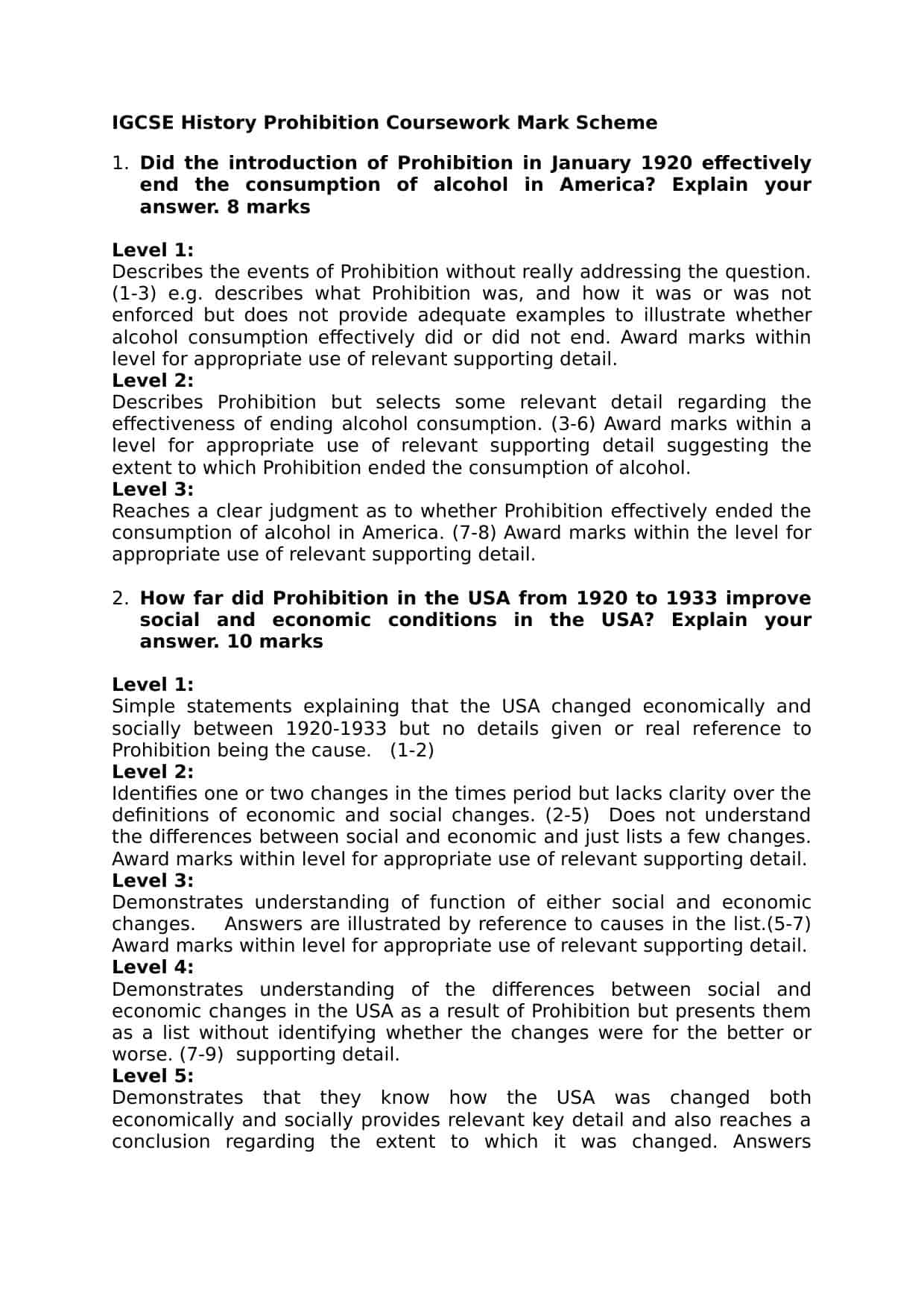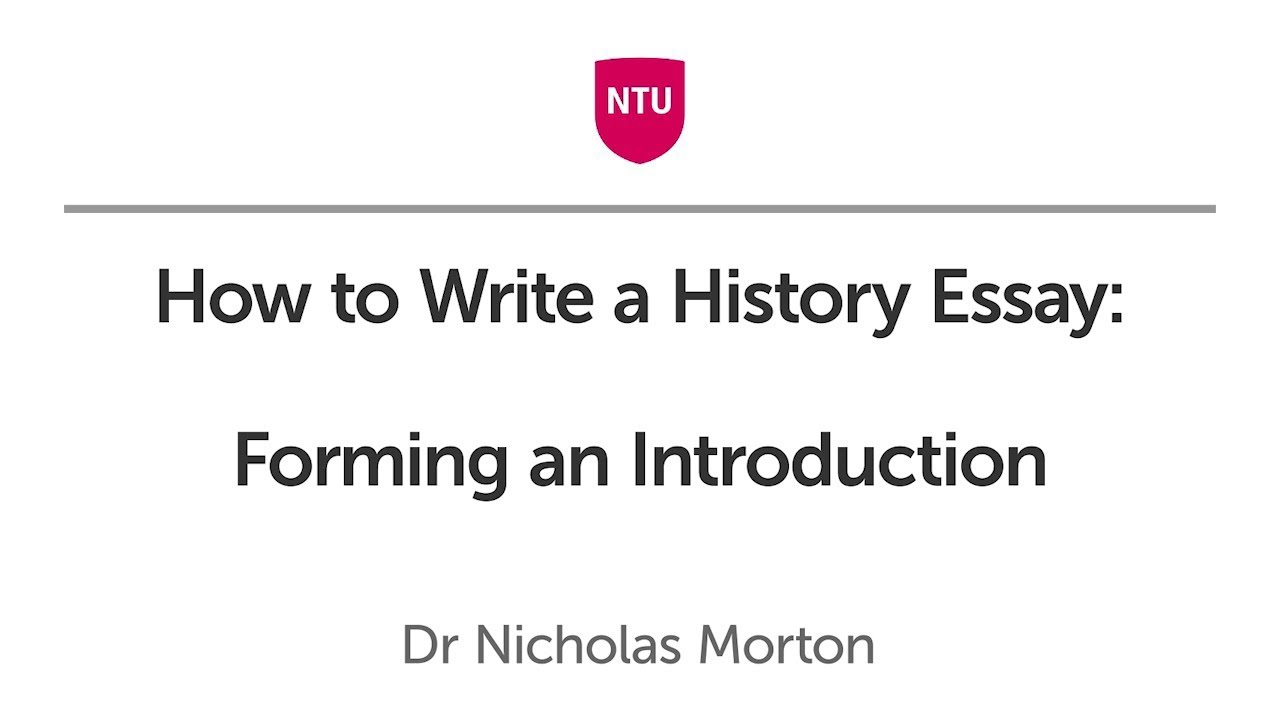For those who are unsure about how to write an introduction for history coursework, there are a few important guidelines to follow. These guidelines can help you compose an introduction that is clear and easy to read. Make sure to use longer sentences in your introduction, compared to the shorter ones you might find in other forms of academic writing. Moreover, structure your work like any other academic paper – you should make a good start with your introduction.
Analyse and evaluate primary source documents
To write an effective introduction for history coursework, you need to analyze and evaluate primary source documents. You can use as much research as you need to evaluate and analyze the documents. Remember to consider their relevance, reliability, and accuracy. You will need to repeat these steps for each additional primary source. It is important to know the details of each document and analyze them carefully. In addition, you need to know the authors and the period they were written in.
You can use both textual and non-textual primary source documents to inform your writing. Analyzing and evaluating non-textual sources will pose some challenges and give you a unique perspective on your topic. However, by using them correctly, they will be valuable resources to use for your history coursework. The information you find from these documents will help you craft your introduction in the most convincing way.
You should also take into consideration emotional responses to sources. While you can’t ignore or downplay the power of visual images, you can use them to provoke a reaction in the audience. Remember to consider how the audience might react when viewing a document. For example, a history student might be affected by the image and be more or less influenced by it. Using non-textual material, like images and films, can help you explain and summarize the history of a certain time and place.
A good way to do this is to analyze and evaluate primary source documents. You can use a variety of methods to determine the best approach for your paper. For instance, you can analyze and evaluate the documents in an open-ended way, or you can cite secondary sources and do a combination of them. Once you have your research done, it will be easier to analyze and evaluate these documents in your essay.
Analyse and evaluate different historical interpretations
In an introduction to history coursework, you need to clearly define the topic you want to discuss. Make sure the question clearly states what you are writing about, and then support your statement with historical evidence. Explain the different historical interpretations and their credibility. Include supporting statistics and policies to back up your conclusion. This section should be arranged like an essay, so that the reader can easily follow the argument presented by the writer.
To demonstrate your understanding of different historical interpretations, you should evaluate the major debates among historians. In addition, you should think about how events of the past have influenced our present. You can also discuss how gender analysis has influenced the debate over the past. The readings may focus on one or several geographic areas or a theme. Alternatively, they may discuss different historical interpretations from different perspectives.
Before beginning to analyze and evaluate the different historical interpretations, it is important to identify the context of each source. It is vital to understand the author’s arguments, as well as the changing attitudes that influenced those writing the text. It is also important to have at least two main sources and three primary sources. The primary sources are important for your assignment, so choose those that show off your ability to critically evaluate source arguments.
The objective of the AO3 in history coursework is to help students understand the range of historical interpretations. In this case, you must select a question and evaluate the different historical interpretations offered by academic historians. You must demonstrate your awareness of time and context as well as the limitations of historians. By demonstrating these skills, you’ll be able to effectively answer the questions set by the professor.
Include more sentences in your introduction
The thesis statement in your history coursework introduction is an important part of the paper. In a few sentences, you can outline the topic, your area of interest, and its context. Include at least three or more sentences to make the introduction sound interesting and enticing. Include facts and evidence pertaining to the topic you’re writing about, as well as any relevant policies and statistics from the past. Ultimately, your history coursework introduction should help the reader understand the topic you’re writing about.
As with any essay, the introduction needs to lay out your thesis statement and explain why the point you’re making is important. Use as many facts and statistics as possible to support your arguments. If necessary, include a brief story from each of the texts. But make sure you don’t make the reader feel as if they don’t already know what to expect from your essay. In the body of the introduction, include more sentences than necessary.
Despite these recommendations, it’s important to remember that the introduction paragraph shouldn’t take up more than ten percent of your entire essay. If you’re writing a five-page argumentative essay, you can devote half a page to the introduction. On the other hand, a 1,000-word history essay should be no longer than four paragraphs. While an introduction paragraph is an important part of your essay, don’t forget that the instructor is reading many essays a day. And if your introduction is boring and lacks focus, they’ll probably yawn.
The introduction should take up 10 percent of your overall word count and should include your thesis statement. A weak thesis statement will fail to convey the main idea behind your argument. Instead, it’s too vague, too broad, or undebatable. Then, the rest of the introduction is devoted to your arguments, and your thesis should be the final sentence. A weak thesis statement will be confusing for the reader. The introduction should give them enough background information to understand your argument and not bore them.
Structure your work like other academic papers
The introduction of your history coursework should state your thesis and include a brief background of your area of interest and the context for the topic you’re discussing. Your thesis statement should be concise and easy to read, with evidence and facts used to back up your arguments. Be sure to include relevant facts and statistics in your analysis and create a table of data. When possible, include quotes from other historians in your work and be sure to give their interpretations.
It’s important to follow the required word limit and stick to it. Usually, students go over the limit and end up repeating their ideas or suffering from the penalty of writing too much. The structure of your essay should follow the structure of other academic papers, with an introduction, body, and conclusion. You should also use a citation format to indicate where you found quotes from other sources. The thesis is the controlling argument of your history coursework, so make sure to use it to your advantage!
Use reliable sources
When writing an introduction for history coursework, the main focus should be on a single historic event or policy. Be sure to back up your statements with relevant historic policies and sources. The introduction should be interesting and catchy, aiming to hook your audience. Focus on specific historical events and include facts, evidence, and relevant statistics. For example, you can write about the events of a famous war. If you’re writing about the Great Fire of London, make sure to include relevant data from the time.
In your body paragraph, include arguments for the introductory statements. Outline the facts in chronological order, using the sources and their interpretations. Include quotes from other historians to support your claims. Create a table of data and support your analysis with statistics. Remember to acknowledge any limitations of the analysis and cite reliable sources to back up your claims. If you’re writing for a college course, you’ll need to use multiple sources to support your claims.
Reference sources are another important part of your history essay. Make sure to reference any information and arguments you use with citations. Doing this gives your paper authority and provides insight into your research. Once you’ve crafted your introduction, make sure to proofread and edit it thoroughly before submitting it. Keeping in mind the following guidelines will help you create a successful history essay. There are many important aspects to keep in mind when writing an introduction for history coursework.
You may have identified dozens of resources in the course. But be careful with which sources you use. Be ruthless when selecting your sources. Taking notes and reading sources takes up your time and energy, and you don’t want to waste your efforts on irrelevant sources. Focus your attention on the most relevant sources. There are many ways to find reliable sources. So, be smart and make your research process more efficient and successful.


